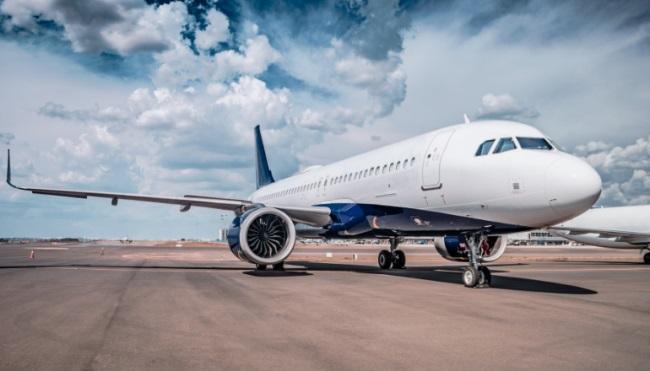Beginning a journey through the skies requires more than just a functional aircraft—it demands a thorough understanding of the intricate components that keep planes airborne. Aircraft parts leasing serves as a basis of aviation operations, providing airlines access to critical components without the burden of ownership.
In this post, we’ll explore the complexities of aircraft parts leasing, exploring its benefits, processes, and implications for the aviation industry.
Understanding Aircraft Parts Leasing
Aircraft parts leasing is a strategic solution allowing airlines to access critical components essential for aircraft operation without substantial upfront investment. By renting components like engines, landing gear, and avionics from leasing companies or manufacturers, airlines gain flexibility in managing their fleets, improving operational efficiency, and minimizing financial risks.
This leasing model provides access to cutting-edge technology and upgrades, enabling airlines to enhance the performance and safety of their aircraft while conserving financial resources for other vital aspects of their operations.
Benefits of Aircraft Parts Leasing
- Cost Efficiency: Leasing aircraft parts eliminates the need for substantial capital expenditure, which is particularly beneficial for airlines looking to maximize their financial resources and invest in areas crucial for operational excellence and growth.
- Flexibility: With leasing options for various components, airlines can customize their fleet management strategies to align with evolving operational requirements and market dynamics, ensuring agility and adaptability in a competitive industry.
- Access to Technology: Leasing grants airlines access to cutting-edge technology and upgraded components, empowering them to enhance the overall performance, efficiency, and safety of their aircraft fleet. This access to advanced technology enables airlines to stay competitive and meet evolving industry standards.
- Risk Mitigation: Aircraft parts leasing offers a valuable risk reduction strategy by providing airlines with flexibility in fleet management. This flexibility enables quick adaptation to changes without long-term commitments, limiting risks associated with market fluctuations and unexpected maintenance issues.
Process of Aircraft Parts Leasing
- Need for Assessment: Airlines meticulously evaluate their fleet requirements to determine the precise parts necessary for maintaining optimal operational efficiency and safety standards, ensuring that all components align with the airline’s operational needs and regulatory requirements.
- Leasing Agreement: Extensive negotiations occur between airlines and leasing companies or manufacturers to solidify terms and conditions, encompassing lease duration, payment arrangements, maintenance obligations, and other pertinent details crucial for successful leasing arrangements.
- Installation and Maintenance: Leased components undergo cautious installation onto aircraft, followed by strict maintenance protocols outlined in the lease agreement to uphold continued airworthiness, ensuring safe and reliable operation throughout the leasing period.
- Transportation and Logistics: Once the leasing agreement is final, arrangements are made for transporting leased parts to the airline’s facilities or designated maintenance centers. Efficient logistics management ensures timely delivery and seamless integration of the leased components into the airline’s operational framework
Implications for the Aviation Industry
- Increased Accessibility: Aircraft parts leasing significantly enhances access to vital components, particularly benefiting smaller airlines or those operating in regions with limited infrastructure by providing cost-effective alternatives to outright ownership.
- Market Dynamics: The leasing market exerts substantial influence on aircraft manufacturers’ production strategies and aftermarket support services, thereby shaping the competitive ground of the aviation industry and driving innovation.
- Risk Mitigation: Leasing provides airlines with the flexibility to adapt swiftly to market fluctuations, technological advancements, and regulatory changes, thereby reducing risks associated with ownership and ensuring operational agility and resilience.
- Environmental Sustainability: Aircraft parts leasing contributes to environmental sustainability by promoting the reuse and recycling of components, reducing the demand for new manufacturing processes, and minimizing the carbon footprint associated with aircraft production.
Conclusion
Aircraft parts leasing is a strategic and cost-effective solution for airlines seeking to optimize fleet management and operational efficiency. By leveraging leasing options for essential components, airlines can enhance their competitiveness, access advanced technology, and limit financial risks.
As the aviation industry continues to evolve, aircraft parts leasing will play an increasingly vital role in driving innovation, sustainability, and growth. Whether it’s engines, avionics, or landing gear, leasing offers airlines the flexibility and agility to sail through the skies with confidence and reliability.






